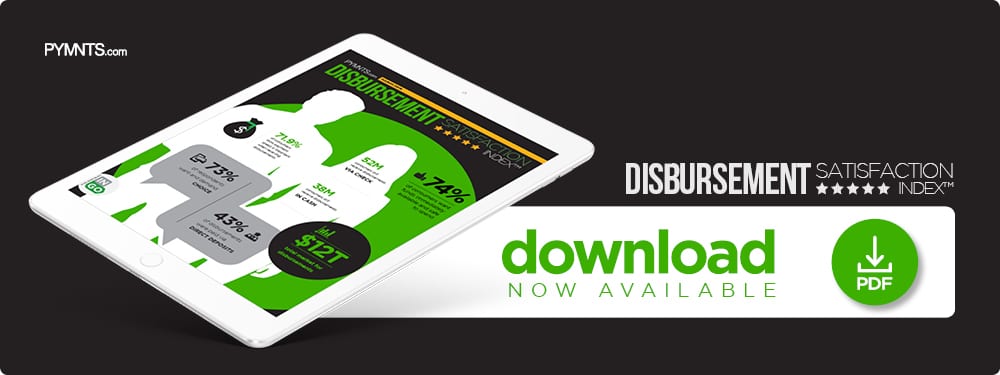To foster lucrative impulse buys, encouraging in-store shopping is key — and for Reebok, mobile point of sale (mPOS) cracks the code. Its quick, skip-the-line-and-checkout-from-anywhere experience increases profitability, says Paul Froio, Reebok’s VP of U.S. retail. In this month’s mPOS Tracker, Froio explains how mPOS boosts conversion rates, and why mobile seamlessness is crucial to the $371.8 billion footwear market.
 The global footwear market is expected to be worth $371.8 billion by 2020, and shoe brands and retailers are looking for bigger slices in the space.
The global footwear market is expected to be worth $371.8 billion by 2020, and shoe brands and retailers are looking for bigger slices in the space.
According to a survey of 1,000 consumers, 78 percent of men and 89 percent of women sometimes or always purchase extra items when shopping in-store, compared to 67 percent of the former and 77 percent of the latter who do so when making online purchases. With consumers more likely to make impulse buys in-store, retailers are focusing more on brick-and-mortar sales. The problem, however, is persuading customers to visit physical locations, meaning retailers must make brick-and-mortar shopping as compelling and convenient as possible to win business.
Major brands like Nike and Reebok, for example, have recently lured customers with tech-enhanced shopping offerings. To learn more about creating frictionless brick-and-mortar experiences, PYMNTS interviewed Paul Froio, vice president of retail at Reebok, who explained why mPOS solutions are important to its flagship Boston store and how they encourage more spending.
Driving Sales with mPOS
mPOS technology is critical to reducing purchasing pain points and helping brick-and-mortar stores boost sales, Froio said, citing its ability to quickly process purchases even during high-traffic times. Associates can use mPOS devices to complete consumers’ transactions anywhere in the store, meaning shoppers can skip registers and avoid lines. That convenience has made a tangible difference in profits, he claimed.
“The single biggest improvement we can measure is conversion rate, which has improved significantly with mobile POS,” he told PYMNTS in a written statement. “Consumers prefer to check out quickly without lines, and when this opportunity is afforded to them, they are more likely to buy during their visit.”
Providing convenient in-store shopping also requires a smooth payments process. As such, mPOS solutions must accept various payment methods like credit cards and Apple Pay — Reebok shoppers’ top two choices, Froio said.
mPOS devices also enable stores to better use their resources. While Reebok hasn’t completely removed fixed POS terminals from its stores, it has reduced the number of registers they contain. Froio said this has lowered equipment costs and freed up floor space, allowing the company to showcase products and enhance in-store experiences. These moves also allow Reebok to have smaller stores, he said, which improves productivity.
Striving for seamless
Froio said it will be important to offer customers a comprehensive mobile solutions suite in the future that supports mobile checkout, endless aisle, in-store returns and buy online, pickup in-store features. These offerings must work smoothly to be effective, though.
“It’s not good enough to simply have these tools,” he said. “They need to work together to provide a seamless, efficient and swift experience throughout each customer’s visit.”
Promoting smooth brick-and-mortar experiences is becoming more important as brands and retailers like Reebok seek to increase their in-store sales and nab more impulse buys. Physical storefronts are major investments, and companies must make the most of them. Those that utilize mPOS devices to provide fast, fluid shopping and checkout experiences can ensure that customers return to make additional purchases.